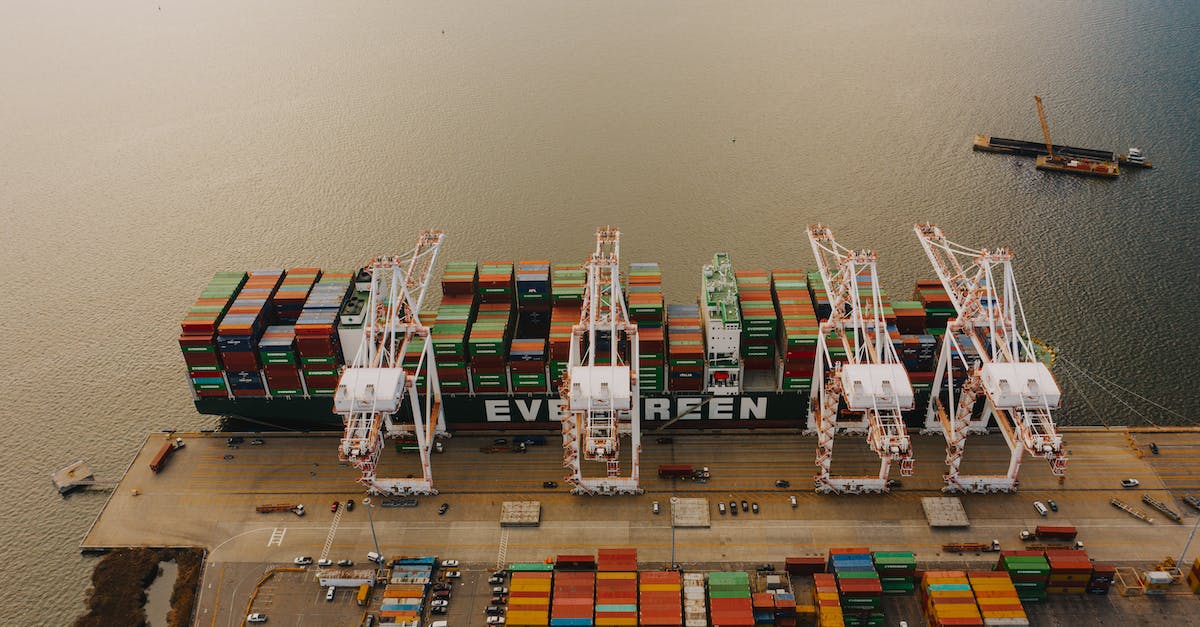Are you ready to jump into the world of hydroponics with us? Today, we’re going to investigate the ins and outs of building an ebb and flow system.
From setting up the basics to fine-tuning the details, we’ve got you covered every step of the way.
Whether you’re a seasoned hydroponic enthusiast or just dipping your toes into this innovative gardening method, this guide will help you create a thriving ebb and flow system that yields impressive results.
Let’s get started on this exciting journey towards a bountiful harvest together.
Key Takeaways
- Ebb and Flow systems, also known as flood and drain, provide a nutrient-rich environment for plants by alternating cycles of flooding and draining.
- The pump in an Ebb and Flow system is crucial for regulating the flooding and draining, ensuring plants receive necessary nutrients for healthy growth.
- Benefits of Ebb and Flow systems include efficient nutrient absorption, oxygenation of roots, lower water usage, and reduced maintenance efforts.
- Components needed to build an Ebb and Flow system include a grow tray, submersible pump, reservoir, timer, overflow fitting, growing medium, and nutrient solution.
- Following a step-by-step guide for constructing the system, including assembling components, setting up the reservoir and pump, installing the grow tray, adding growing medium, and connecting the overflow fitting is essential for success.
- Maintenance tips for Ebb and Flow systems involve regular inspection, cleaning, monitoring of nutrient levels, pH levels, and timely adjustments to the timer for optimal plant growth.

Understanding Ebb and Flow Systems
Let’s jump into Ebb and Flow systems. Also known as flood and drain, this hydroponic setup alternates cycles of flooding and draining. Plants sit in a tray filled with a nutrient solution and, at intervals, the solution floods the tray before draining back into the reservoir. This process provides nutrients and oxygen to the plants, promoting healthy growth.
In an Ebb and Flow system, the pump plays a critical role. It regulates the flooding and draining, maintaining an optimal environment for the plants to thrive. This system efficiently delivers nutrients, ensuring plants receive what they need to grow.
Need more in-depth info on Ebb and Flow systems? Check out this article on Gardening Know How for a detailed explanation.
Benefits of Ebb and Flow Systems
When it comes to hydroponic systems, Ebb and Flow offers several advantages for plant growth, making it a popular choice among gardeners. Here are a few key benefits we can look forward to with Ebb and Flow systems:
- Efficient Nutrient Absorption: Plants in Ebb and Flow systems absorb nutrients effectively, promoting healthy growth.
- Oxygenation: The alternating cycles of flooding and draining help oxygenate plant roots, aiding in nutrient uptake.
- Lower Water Usage: Ebb and Flow systems typically use water more efficiently compared to traditional soil gardening methods.
- Reduced Maintenance: These systems are relatively easy to maintain, requiring minimal effort for maximum plant yield.
For more detailed information on Ebb and Flow systems, visit Hydroponics Online.

Components Needed for Building the System
When setting up an ebb and flow system, you’ll need a few important components to get started. Here’s what you’ll need:
- Grow Tray: The container where your plants will be placed, make sure it’s watertight.
- Submersible Pump: This pumps water from the reservoir to the grow tray.
- Reservoir: A container to hold the nutrient solution.
- Timer: To automate the flooding and draining cycles.
- Overflow Fitting: Prevents overflows by draining excess water back into the reservoir.
- Growing Medium: Such as clay pebbles or rockwool cubes to support plant roots.
- Nutrient Solution: A mix of important nutrients for plant growth.
Ensure you have all these components in place before starting your ebb and flow system setup journey. For a detailed guide on setting up these components, visit Hydroponics Online.
Step-by-Step Guide to Constructing the System
When building an ebb and flow system, follow these simple steps:
- Step 1:Assemble Components
Gather the necessary supplies: a grow tray, submersible pump, reservoir, timer, overflow fitting, growing medium, and nutrient solution. - Step 2:Set Up the Reservoir and Pump
Place the submersible pump in the reservoir and connect it to the timer. Adjust the pump settings to control the water cycle. - Step 3:Install the Grow Tray
Position the grow tray above the reservoir. Ensure it’s level to help proper water drainage. - Step 4:Add Growing Medium
Fill the grow tray with your chosen growing medium, such as clay pellets or rockwool cubes. - Step 5:Connect the Overflow Fitting
Install the overflow fitting to prevent water from overflowing the grow tray.
For a full guide on setting up an ebb and flow system, visit Hydroponics Online.

Maintenance and Troubleshooting Tips
When it comes to maintenance of your ebb and flow system, it’s important to stay on top of a few key things to ensure optimal performance. Here are some tips to keep your system running smoothly:
- Regularly inspect all components to check for any signs of wear and tear.
- Clean the system periodically to prevent clogs and blockages.
- Monitor nutrient levels to ensure your plants are getting the right amount of food.
- Check the pH levels of your nutrient solution regularly for proper plant growth.
- Adjust the timer as needed based on the needs of your plants.
For troubleshooting, if you encounter issues like pump malfunctions or leaks, refer to this helpful article on troubleshooting common hydroponic problems. After all, a well-maintained system leads to healthy plants and bountiful harvests.
- Why Is My Gardenia Turning Yellow? [Discover the Surprising Causes] - January 1, 2024
- Why Hydroponics Is Bad [Discover the Hidden Risks] - January 1, 2024
- Why Do Gardenia Leaves Turn Yellow [Prevent This Common Mistake] - January 1, 2024
